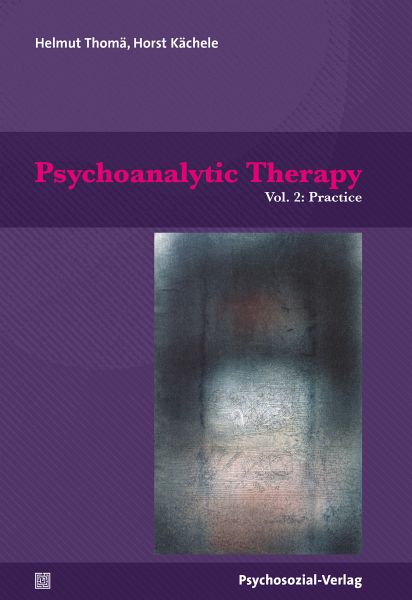
Psychoanalytic Therapy (eBook, PDF)
Principles and Practice. Vol. 2: Practice

PAYBACK Punkte
0 °P sammeln!
Conversational analysis has turned out to be the salient feature to understand what promotes change in the psychoanalytic situation. This significant aspect of the first edition of this textbook is expanded in the second edition presenting prominent examples of contemporary process and outcome research fulfilling the criteria of evidence-based medicine. The case presentations included in this volume provide insight into thinking and acting in psychoanalysis and relate directly to the theories taught in Vol. 1: Principles.
Dieser Download kann aus rechtlichen Gründen nur mit Rechnungsadresse in A, B, BG, CY, CZ, D, DK, EW, E, FIN, F, GR, HR, H, IRL, I, LT, L, LR, M, NL, PL, P, R, S, SLO, SK ausgeliefert werden.













